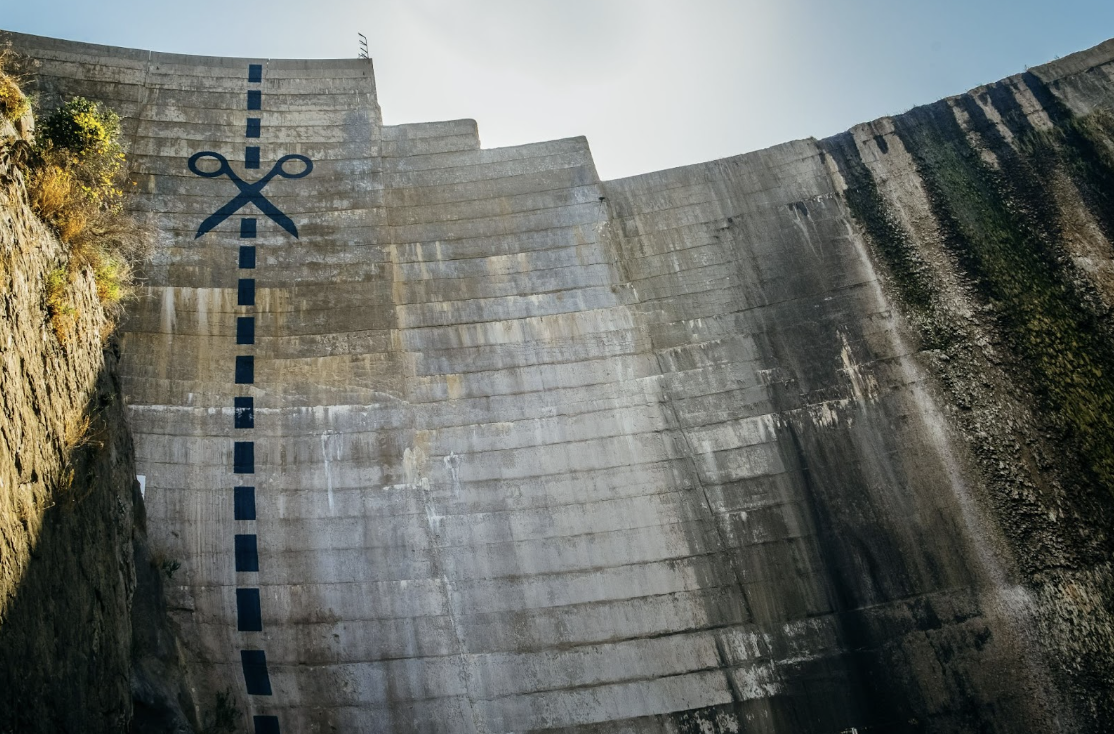
By Sam Gerrish
As the consequences of climate change become increasingly prevelant, it can be easy to see the future as pretty bleak and think that we’re too late to do much about it. However, a look back at the history of United States environmental movements may suggest otherwise. We’ve still got a long way to go, but we have the capacity to change for the better.
This idea is explored in Ben Knight and Travis Rummel’s “DamNation,” screened on the evening of February 23 in Rausch Auditorium and followed by a Q&A with a panel of relevant local speakers. The event was hosted by the University’s Sustainability Services who provided a thoughtful and thorough online brochure with details about the film, the panel speakers, education resources and ways to get involved in the movement to dismantle unnecessary and environmentally-detrimental dams. The panel consisted of muralist Gabrielle Abbott, Puyallup Tribal Fisheries Resource Manager Russ Ladley and Save Our Wild Salmon Executive Director Joseph Bogaard.
“DamNation” is a 2014 environmental documentary produced by Patagonia. The film chronicles the history of dams and hydropower in the United States, which began in the early 20th century and reached a golden age in the 1950s through the 1970s. For most of the 20th century — and still today, depending on who you ask — dams were considered an American national treasure. Their construction created jobs, and their physical magnitude, production of hydropower and triumph over the natural world were all sources of pride. It was only in 2011, well after the signing of the Endangered Species Act in 1973, that concern for salmon populations caused the largest dam removal to date on Washington’s Elwha River. According to the film, there are still around 75,000 dams over three feet high in the United States today
Like any form of human interference with the environment, dams have significant costs. The salmon populations in many American rivers are now threatened, endangered, or extinct. Government fish hatcheries arose in response to declining wild fish populations, but these seem to many environmentalists to be more of a band-aid solution. The impact of dams on fish harms not only the broader ecosystem but also the many Indigenous peoples for whom the salmon run is a means of physical and spiritual sustenance.
Fortunately, the work by environmental activist groups to bring down dams, beginning on a broad scale with the environmental movement of the 70s, continues to this day. The role of artists in this activism is essential. Considered the “lunatic fridge of our society” by some of those who remain in support of dams, environmentalists have indeed made real progress. In some cases, pressure upon government organizations to remove dams has worked. In others, fundraising has allowed organizations to purchase dams from hydropower companies and then demolish them. Biologists and geologists are hopeful, because salmon are surprisingly resilient; where dams have been taken down, they’ve begun to return in impressive numbers.
The panelists agreed that the film was powerful and informative, but not perfect. Abbott emphasized the importance of collaboration between scientists and artists. She maintained that the partnership is one that is able to make a difference in the world, because art is for everyone and reaches people on an emotional level. However, she voiced that the film may have placed too much weight on flashy, high-profile acts of activism, as it can be disempowering to feel like only big acts can make a difference, when in reality small things can too.
All three panelists agreed that “DamNation’s” message was too binary at times, as it portrayed environmentalism as a choice between two things — salmon vs energy — rather than allowing for more of a compromise. Ladley asserted that hatcheries are important to Indigenous people such as the Puyallup Tribe because without them, at this point, there would not be salmon, and salmon are an integral part of their lives. In response to a question about the legitimacy of dams as flood control, Ladley pointed out that the sole purpose of some dams is just that, and their doing so allows for people to live in the floodplains unharmed. In response, Bogaard suggested that perhaps we should not build in floodplains, a more radical take on the age-old question of how much humans should modify the existing environment in order to make it fit our needs, which of course is further complicated by interhuman injustices such as colonialism.
